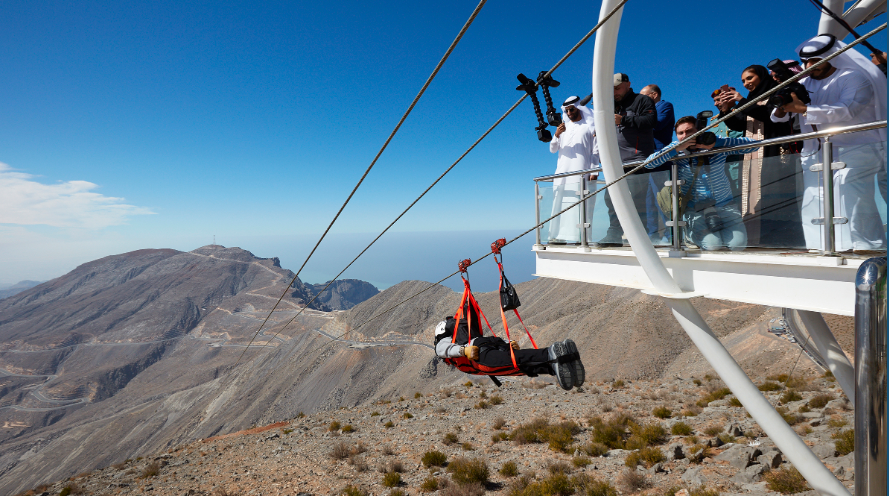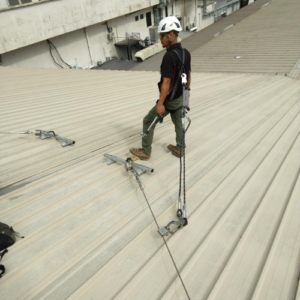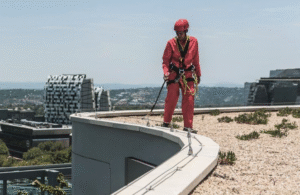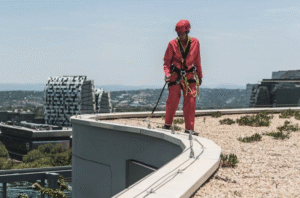The Philippines has long been recognized as a hub for eco-tourism and outdoor adventure activities. From its lush mountain ranges to coastal landscapes, tourists and locals alike crave thrilling experiences that highlight the natural beauty of the country. Among these adventures, ziplines have become one of the most sought-after attractions in resorts, eco-parks, and even private estates. But while ziplines may look simple to set up, they require precision, expertise, and strict adherence to safety standards. This is where finding a reliable zipline installer supplier Philippines becomes crucial. The right supplier not only ensures that your attraction is fun and exciting but also guarantees that it is safe, sustainable, and profitable in the long run.
Understanding the Growing Popularity of Ziplines in the Philippines
Adventure tourism has become one of the fastest-growing sectors in the Philippines. Travelers are increasingly seeking unique experiences that go beyond traditional sightseeing. Resorts, mountain lodges, and eco-parks have recognized this trend, and many have integrated ziplines into their attractions. A zipline doesn’t just provide entertainment—it also adds significant value to a property by attracting adrenaline-seeking visitors who are willing to pay for the thrill.
The rise of ziplines also ties into the country’s drive to promote eco-tourism. Since ziplines are often set up in natural environments such as forests, hills, or coastal cliffs, they provide a way to appreciate nature from a new perspective. This popularity, however, means there is a strong need for suppliers that can guarantee both safety and quality. Choosing a trusted zipline installer supplier Philippines ensures that attractions not only meet demand but also operate under the strictest safety standards to protect guests.
Key Qualities to Look for in a Zipline Installer Supplier
When searching for a supplier, businesses should be highly selective. Not all providers are equal, and working with the wrong installer could lead to safety risks and financial losses. The right partner will have expertise, certifications, and a reputation for delivering safe, high-quality installations.
Some essential qualities to look for include:
- Compliance with international and local safety standards.
- Proven track record with previous zipline projects.
- Use of durable, high-quality materials such as cables, harnesses, and trolleys.
- Availability of after-sales support, including maintenance and training.
- Transparency in cost estimates and installation timelines.
A trusted zipline installer supplier Philippines will take time to assess a location, recommend the most suitable design, and ensure the entire system is engineered to handle both weight and environmental factors. By focusing on these qualities, businesses can protect their investment while offering a world-class attraction to their guests.
How Zipline Installation Benefits Tourism and Business Growth
For businesses in the tourism sector, adding a zipline can be a powerful revenue driver. Resorts and adventure parks can attract more guests by offering adrenaline-packed activities that stand out from competitors. The thrill of gliding over treetops or across valleys not only entertains but also creates memorable experiences that guests are likely to share on social media, which doubles as free marketing.
Beyond entertainment, ziplines also highlight the Philippines’ natural beauty. Guests are able to enjoy breathtaking views in a way they wouldn’t normally experience. For eco-tourism operators, this adds another dimension to their offerings while promoting conservation.
From a business perspective, working with the right zipline installer supplier Philippines can transform an investment into a long-term income stream. A properly installed zipline attracts return visitors, earns positive reviews, and supports local economies through job creation. This makes it a strategic addition for anyone aiming to grow in the tourism or leisure industry.
The Installation Process: What to Expect from a Trusted Supplier
The process of setting up a zipline involves much more than attaching a cable between two points. A professional supplier will guide business owners through a thorough, step-by-step installation process to guarantee safety and efficiency.
First comes site inspection and feasibility analysis. This ensures that the terrain and environment are suitable for a zipline. Engineering design follows, where calculations are made regarding weight limits, cable strength, and braking systems. Once the technical details are finalized, installation begins with the placement of towers, anchors, and cables.
Training is another vital component of the process. A dependable zipline installer supplier Philippines will not only set up the equipment but also train staff on operating the zipline, assisting riders, and handling emergencies. This comprehensive approach ensures that both the attraction and the staff running it are prepared for long-term operation.
Cost Considerations When Working with a Zipline Installer Supplier in the Philippines
The price of installing a zipline depends on several factors, and businesses should prepare for varying costs based on their vision and site conditions. Factors that affect pricing include:
- Length of the zipline and complexity of the terrain.
- Type of cable, harness, and trolley system used.
- Engineering design requirements for safety compliance.
- Additional features such as dual lines, platforms, and braking systems.
- Maintenance and training packages offered by the supplier.
It is important to remember that choosing the cheapest option may compromise safety and durability. Instead, business owners should look for value—balancing affordability with long-term reliability. A reputable zipline installer supplier Philippines will provide detailed cost breakdowns, allowing clients to make informed decisions about their investment. This ensures that the final setup is both financially sustainable and operationally safe.
Importance of Regular Maintenance and Inspection
Installing a zipline is only the beginning of the journey. To maintain safety and guest satisfaction, routine inspection and maintenance are non-negotiable. A well-maintained zipline reduces the risk of accidents, keeps equipment in top shape, and extends the life of the system.
Maintenance often includes tightening cables, replacing worn harnesses, checking anchor stability, and testing braking systems. Scheduled inspections also guarantee that the attraction complies with safety regulations, protecting businesses from legal liabilities.
Reliable suppliers in the Philippines typically offer maintenance packages that include periodic visits and staff retraining. By partnering with a dependable zipline installer supplier Philippines, operators can ensure that their investment remains safe, functional, and profitable for years to come.
How to Choose the Best Zipline Installer Supplier in the Philippines
With multiple suppliers available, selecting the best partner requires careful evaluation. Businesses should begin by researching certified companies and verifying their experience in zipline installations. Client feedback, project portfolios, and safety certifications are valuable indicators of reliability.
A good approach is to compare several suppliers before finalizing a choice. This allows business owners to understand pricing differences, design options, and the scope of after-sales services. One major factor to consider is whether the supplier offers both installation and ongoing support, since this combination provides better long-term value.
Ultimately, the best zipline installer supplier Philippines is one that understands a client’s vision, prioritizes safety, and provides clear communication from planning to operation. By investing in the right supplier, businesses can build an attraction that stands out in the competitive tourism industry.
Frequently Asked Questions (FAQ)
How long does it take to install a zipline in the Philippines?
The timeline depends on the site, length, and complexity of the project. On average, installation may take several weeks to a few months, including site assessment, engineering, and training.
What safety certifications should a supplier have?
Suppliers should comply with international standards such as ASTM or ACCT, along with local safety regulations in the Philippines. Certifications ensure that equipment and processes meet the highest levels of safety.
Can a zipline be installed in both urban and rural settings?
Yes, ziplines can be set up in various environments as long as the terrain allows for proper anchoring and clearance. Urban ziplines are often shorter but can still be thrilling.
What is the average lifespan of a zipline system?
With proper installation and regular maintenance, a zipline can last 10–15 years or more. The durability depends on materials, environment, and upkeep.
Do suppliers also provide training for operators and staff?
Yes, a dependable zipline installer supplier Philippines typically includes training for staff to ensure proper operations, safety procedures, and emergency response readiness.
Takeaway
The growing popularity of ziplines in the Philippines offers immense opportunities for businesses in the tourism and leisure industries. However, the success of any project depends heavily on choosing the right zipline installer supplier Philippines. From ensuring safety and compliance to providing long-term maintenance and support, a trusted supplier can transform a simple idea into a profitable adventure attraction. By carefully evaluating suppliers, understanding cost factors, and prioritizing safety, business owners can build zipline experiences that delight customers while standing the test of time.







